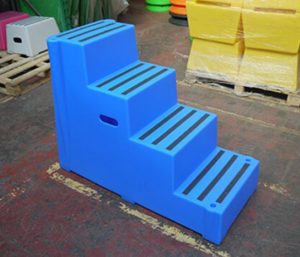I do love a little challenge for A-level Further Maths students. They are often confident and very capable mathematicians, but occasionally overlook the small details. This challenge looks into which strategies students use when working with 3D vectors, lines and angles.
The most annoying thing? There is no single correct answer.
What is the investigation?
Students start with two points, create a line, construct two perpendicular lines and then join up the lines – did they create a square? How do you know? Justify it?
Download the instructions here: It’s not square (docx), It’s not square (PDF)
Skills required
- Distance between two points
- Equation of a line in three dimensions
- Scalar (dot) product
Solution/Discussion point
- Students need to use the same direction vector for both perpendicular lines too create a square
- The two new corners need to be n the same direction away from the original line (not one above and one below)
- It’s interesting to discuss what non-squares they made. Technology could be used to plot them in 3D.
Like this:
Like Loading...

